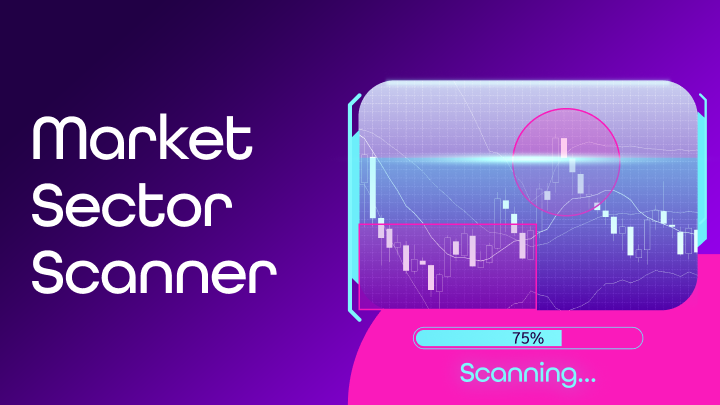How to trade using Smart Money Concepts (SMC)
Looking for a new way to read the markets more effectively and get ahead of the crowd? Then SMC trading, or Smart Money Concepts, might be exactly what you need. Why? Because it teaches you to look at the market from a totally different angle.

What is SMC?
SMC stands for Smart Money Concepts—a trading approach based on the behavior of large institutions like banks and hedge funds. These “big players” move the market and leave behind traces in the form of structural movements and liquidity manipulation at key levels.
They always have the upper hand compared to retail traders like us.
SMC forex strategies aim to identify these footprints and trade alongside them. Instead of relying on classic price action or indicators, you focus on order flow and the logic behind price movements.
Why is smart money trading so popular?
Because it offers a completely different perspective, and it often works. SMC traders don’t just speculate. They try to think like institutions:
- Where is the liquidity?
- Where are large volumes likely to enter?
- When did price manipulation occur?
A seasoned smart money trader can answer these questions and use them to sharpen entries and exits.
SMC trader’s lingo:
SMC uses a lot of shortcuts to quickly describe market situations. Here are the most common:
- SMC = Smart Money Concepts
- SMT = Smart Money Trap
- BOS = Break Of Structure
- FBOS = Fake Break Of Structure
- CHOCH = Change Of Character
- IDM = Inducement
- OB = Order Block
- OF = Order Flow
- FVG = Fair Value Gap
- IMB = Imbalance
- EQH = Equal High
- EQL = Equal Low
- TL = Trendline
- LQD = Liquidity
You don’t need to memorize them all. But it’s worth remembering CHOCH, BOS, and FVG—you’ll hear them a lot in SMC.
Looking for a strategy to pass the challenge? Try Smart Money Concepts!
Liquidity & manipulation
One of the core pillars of the SMC trading strategy is liquidity.
Traders look for areas where orders from other participants accumulate—like above a double top or below a trendline. These are the orders (often stop losses) that big players target.
How do you know liquidity was taken?
Usually, when your position gets stopped out, the price quickly reverses right after. Coincidence? Not really. Big players know exactly where retail traders place their stop losses.
What a typical SMC trader watches:
- Equal Highs/Lows: These are double tops/bottoms. Liquidity tends to build here because many traders place their stops in these areas.
- Trendline Liquidity: Same idea—lots of stop losses sit just above or below trendlines.
- Swing Highs/Lows: These are more subjective but behave similarly. You’ll often find stop orders around these levels.
A break through these levels often means a liquidity sweep, followed by a reversal.
Example: Short trade on XAUUSD (Gold)
How SMC traders approach liquidity:
- There are many ways to trade liquidity—each trader finds their own.
- Core SMC logic:
- Price pierces a level, triggers stop losses,
- Then reverses sharply in the opposite direction.
- Candles shouldn’t close beyond liquidity zones—if they do, it’s likely a trend shift, not just a liquidity sweep.
- Liquidity is a tool big players use to fill orders.
Which markets does SMC work on?
You can apply Smart Money trading to any liquid market. It’s most commonly used in forex—especially currency pairs like EUR/USD or GBP/USD.
It also works well on indices (like US100) and commodities like gold (XAUUSD).
Summary
Smart Money Concepts offer a structured and analytical approach to trading. It’s not a guaranteed win, but it gives you the logic to understand what’s really happening in the market.
If you’ve been disappointed by traditional price action, or you’re looking to level up your performance in prop firm challenges, SMC is worth exploring.👉 In the next parts of this Smart Money Concepts series, we’ll dive into Order Blocks and Fair Value Gaps.



